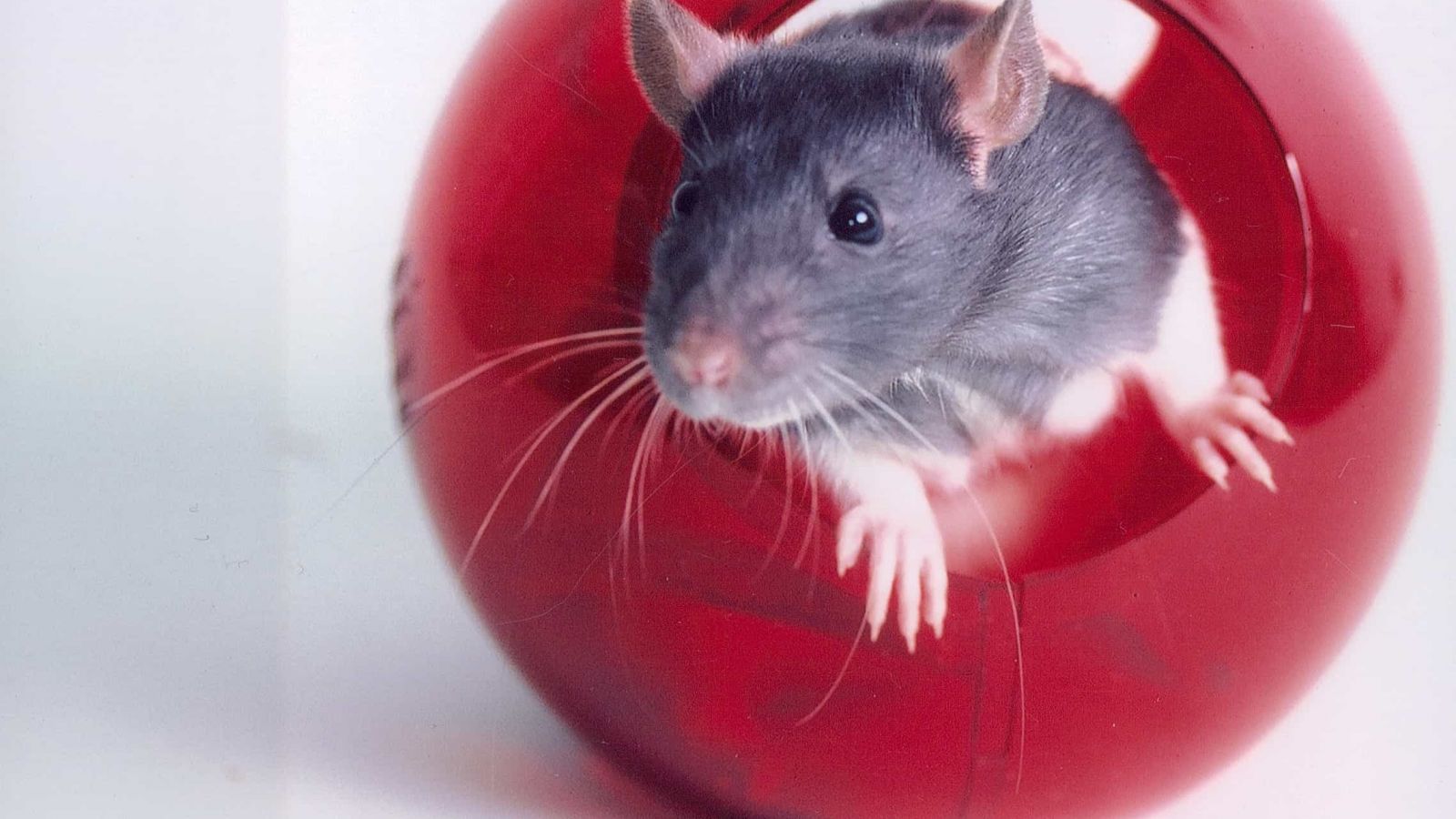Text to go here...
10 years of rat research – how stroke studies have evolved
The Brown Norway Rat genome was sequenced in 2004, almost 200 years after Rattus norvegicus was first used by scientists to understand human physiology and medicine. 100 years after that, the first albino Wistar rats were bred to become instrumental in the years to come, to some of the major medical discoveries of the past and present centuries.
The laboratory rat has made invaluable contributions to the cardiovascular medicine, neural regeneration, wound healing, diabetes, transplantation, behavioural studies and space motion sickness research. Rats have also been widely used to test drug efficacy and safety.
Prof Allan Stuart, from the University of Manchester has been studying rats in the context of stroke research for over 25 years now. He has studied the changes in the brain and body that happen before and immediately after a stroke.
“We are looking at inflammation in the brain and how is can cause brain cells to die and make individuals that have a stroke susceptible to infections and other complications. The key purpose is trying to find a way to modulate that inflammation and stop the brain cells from dying hence improving recovery in patients and making them less susceptible to complications,” he explains.
His work started 25 years ago, when very little was known about stroke at all.
“10 years ago, we were working on studies that we had started back in 1992. At the time, there was a real failure to find a drug for stroke. Despite many animal studies, no treatment was proven successful in clinical trials.” states Prof Stuart.
His work was focussed on finding a drug to administer shortly after a stroke for protective purposes, to reduce the damaging processes and diminish the impact of the event on the patient. And quite successfully. The drug Prof Allan Stuart was working on 10 years ago entered clinical trials.
“It is now in a phase 3 clinical study, which started last year, for haemorrhagic stroke. It will take another 4 or 5 years to complete trials in humans.” Explains Prof. Allan Stuart “Results from clinical trials are needed continue working on the short term effect of stroke. In the meantime, our work has evolved to looking at inflammation in stroke but on the longer term, the physiological changes after someone has a stroke and recovers and whether inflammation might play a role in subsequent complications, including cognitive decline.”
Over the years, Prof Allan Stuart has used rats, mice and zebrafish for his research on stroke.
“Rats are particularly useful because they develop characteristics linked to higher risk of stroke that we wanted to study, such as obesity. But most importantly, rats are more suitable for doing most of the measurements such as Imaging. If you want to image an animal in an MRI scanner, in the same way humans might, rats are better because they are bigger. So you get better quality measures.”
Rats and mice are very similar to humans in regards to the way the blood is supplied to the brain, the way the blood gets to and around the brain. That blood supply can be stopped in a very similar fashion to how blood supply could be stopped in humans during a stroke. It is therefore possible to reflect the same disease etiology, which is very different to some other more chronic neurodegenerative diseases such as Alzheimer’s disease, Parkinson’s etc., for which it is much more difficult to match the cause of the disease.
“We can cause a stroke in a rat or a mouse in effectively the same ways as humans which then allows us to study what is happening in much more detail, in much more depth than you could do in humans. You can’t access human brains, you can just see what is happening, that is until post mortem, by which time it is too late.”
Over the years, the work in rats has evolved, as well as the rat models that are being studies according to Prof Allan Stuart. “There has been improvements in the quality of the work. Before we were doing studies in, for example, aged animals as stroke is an aged related disease. We have since included animal models with other factors such as obesity that are strongly associated with stroke risk in humans. The experimental design of the studies is also better, with better rigor.”
Last edited: 4 March 2022 10:01





